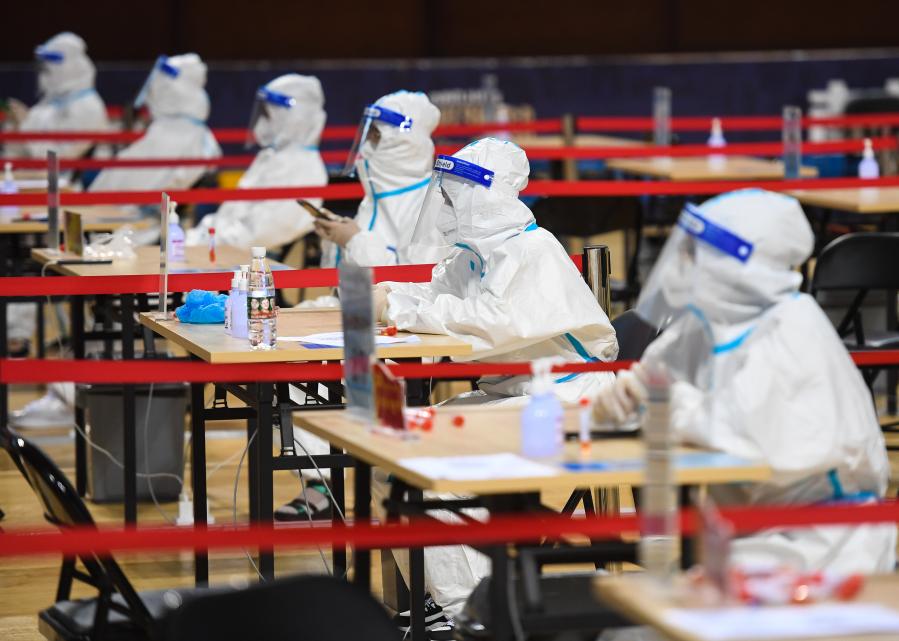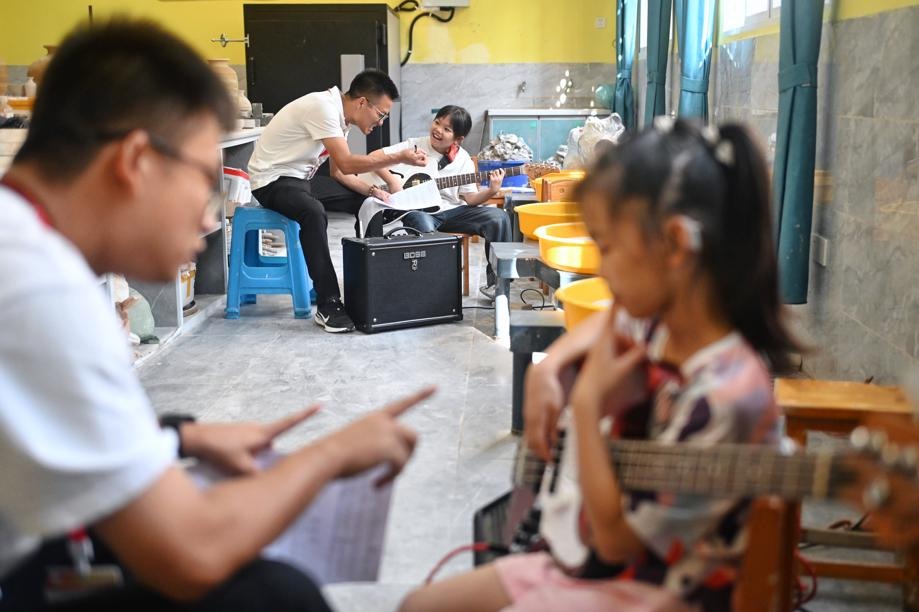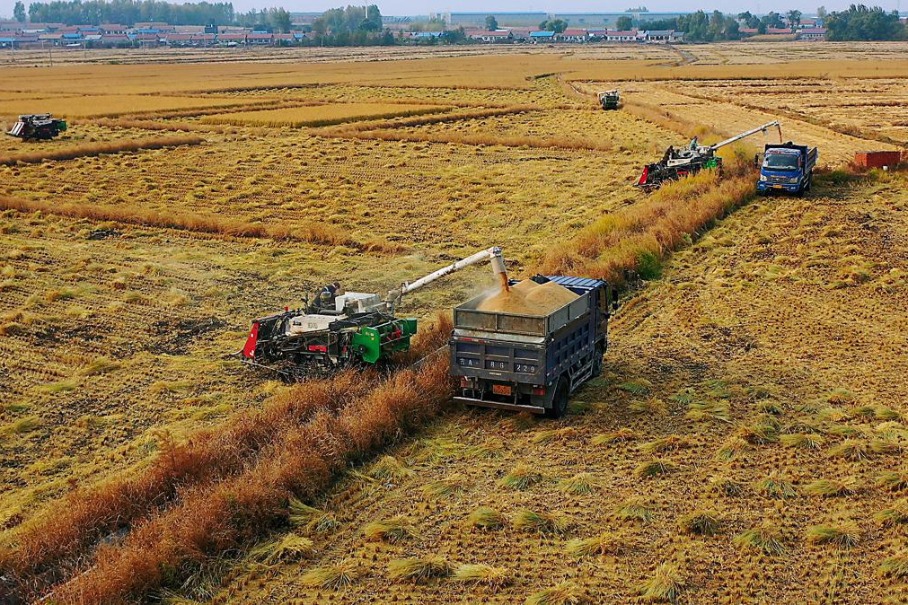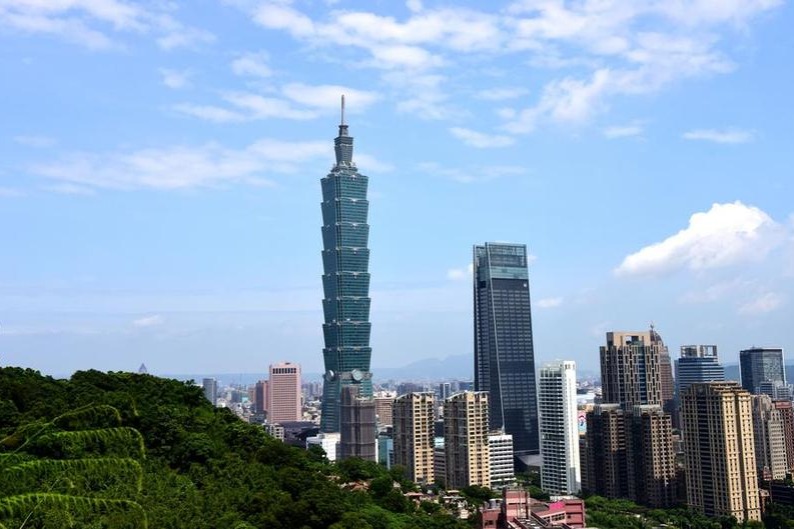China tightens virus prevention in response to Delta variant


China has tightened COVID-19 preventive measures at ports, airports, chess and poker rooms, and education and training facilities based on the latest developments of the pandemic, the National Health Commission said on Friday.
In a guideline released on its official website, the commission said that the number of facility types considered at higher risk of spreading the novel coronavirus has increased from 65 to 85.
New additions include piers, ports, chess and poker rooms, tourism boats, theaters, entertainment and sports stadiums, milk tea shops, education and training centers, and temporary shelters.
Personnel categories deemed at higher risk of contracting the disease have also expanded to include cleaners, drivers, auxiliary police, dockers at airports, as well as market regulators on the front line, rescue personnel, volunteers, community workers and tourist guides.
The guideline stressed that staff members working on flights arriving from overseas or international airports should take stricter protection measures.
In a separate guideline released by the commission on the same day, it urged the public to wear masks not only indoors, but also at outdoor areas where people tend to gather, such as parks, outdoor squares and theaters.
The guideline also suggested the public prepare at home some more protective masks, such as particulate respirators, which can be used when visiting hospitals.
The commission said that new mask-wearing rules have been rolled out to increase people's vigilance against the virus amid the domestic spread of the highly transmissible Delta variant.
- Chinese premier calls for reform in standardization work to boost high-quality development
- Xi congratulates China Agricultural University on 120th founding anniversary
- Drones make cleaning of high-rises safer, quicker
- Brain cancer drug cleared for phase III clinical trials
- China records 48.3% growth in visa-free entries in Q3
- Chinese researchers design microrobot for precise particle, cell delivery






































